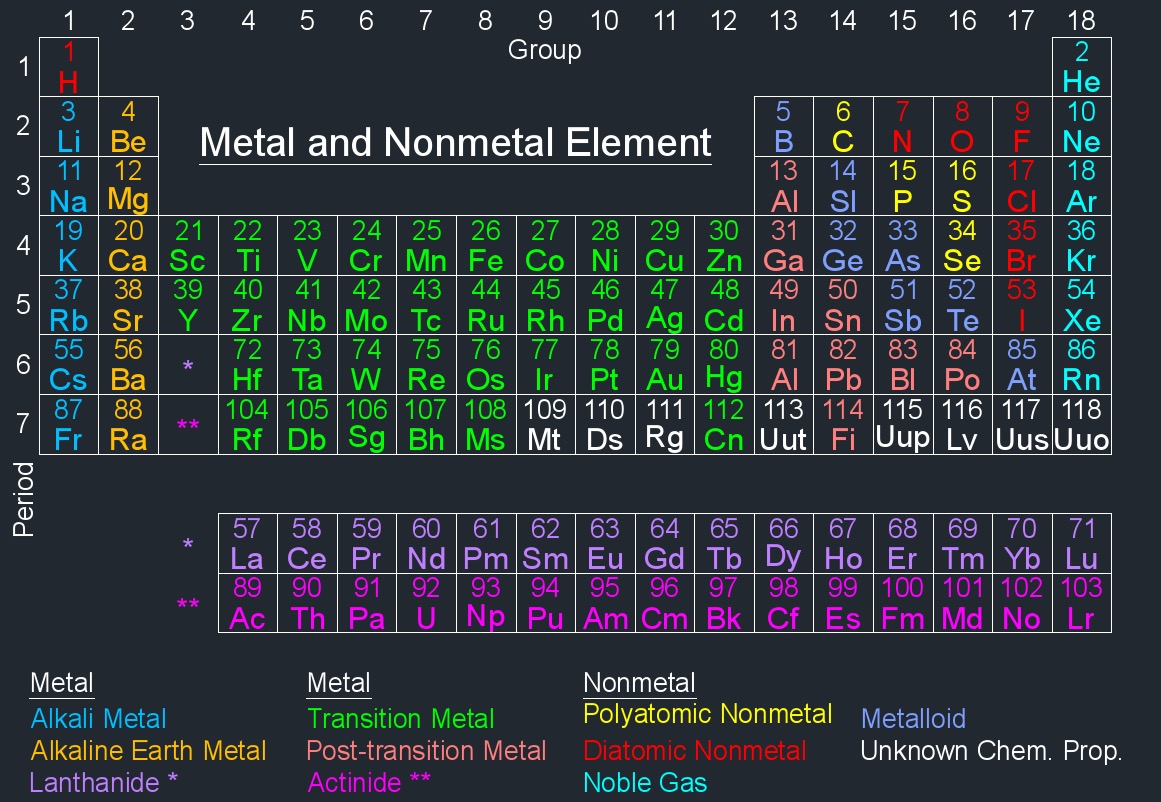
The term "chemical element", in one conceptual sense, refers to a species, or type, of atom, of which nature has produced some 90+ types, each with countless numbers of token atoms. Rather, the landscape is largely characterized by transitions: savannah blends into gentle valleys, which gradually deepen into almost fathomless gorges hills gradually rise from plains to become towering mountains. Because our brains are made up of elements, even our opinions are, in a sense, properties of the elements and hence inhabitants of the kingdom.The kingdom is not an amorphous jumble of regions, but a closely organized state in which the character of one region is close to that of its neighbor. We stand on the elements, we eat the elements, we are the elements. These elements are the basis of the air, the oceans, and the Earth itself. From the hundred elements that are at the center of our story, all planets, rocks, vegetation, and animals are made. It is not an extensive country, for it consists of only a hundred or so regions (as we shall often term the elements), yet it accounts for everything material in our actual world.
Welcome to the Periodic Kingdom.This is the kingdom of the chemical elements, the substances from which everything tangible is made. Therefore, there are various non-equivalent definitions of atomic radius.Familiar chemical elements include oxygen, copper, gold, and mercury-among 94 naturally occurring chemical elements on Earth, listed in tables below.
CHEMICCAL ELEMENT 39 FREE
However, this assumes the atom to exhibit a spherical shape, which is only obeyed for atoms in vacuum or free space. The atomic radius of a chemical element is a measure of the distance out to which the electron cloud extends from the nucleus. It must be noted, atoms lack a well-defined outer boundary. The atomic radius of Calcium atom is 176pm (covalent radius). Note that, each element may contain more isotopes, therefore this resulting atomic mass is calculated from naturally-occuring isotopes and their abundance. The atomic mass is carried by the atomic nucleus, which occupies only about 10 -12 of the total volume of the atom or less, but it contains all the positive charge and at least 99.95% of the total mass of the atom. The atomic mass or relative isotopic mass refers to the mass of a single particle, and therefore is tied to a certain specific isotope of an element.

Mass numbers of typical isotopes of Calcium are 40 42 43 44 46. Isotopes are nuclides that have the same atomic number and are therefore the same element, but differ in the number of neutrons. The difference between the neutron number and the atomic number is known as the neutron excess: D = N – Z = A – 2Z.įor stable elements, there is usually a variety of stable isotopes. Neutron number plus atomic number equals atomic mass number: N+Z=A. The total number of neutrons in the nucleus of an atom is called the neutron number of the atom and is given the symbol N. The total electrical charge of the nucleus is therefore +Ze, where e (elementary charge) equals to 1,602 x 10 -19 coulombs.

Total number of protons in the nucleus is called the atomic number of the atom and is given the symbol Z. Atomic Number – Protons, Electrons and Neutrons in CalciumĬalcium is a chemical element with atomic number 20 which means there are 20 protons in its nucleus.


 0 kommentar(er)
0 kommentar(er)
